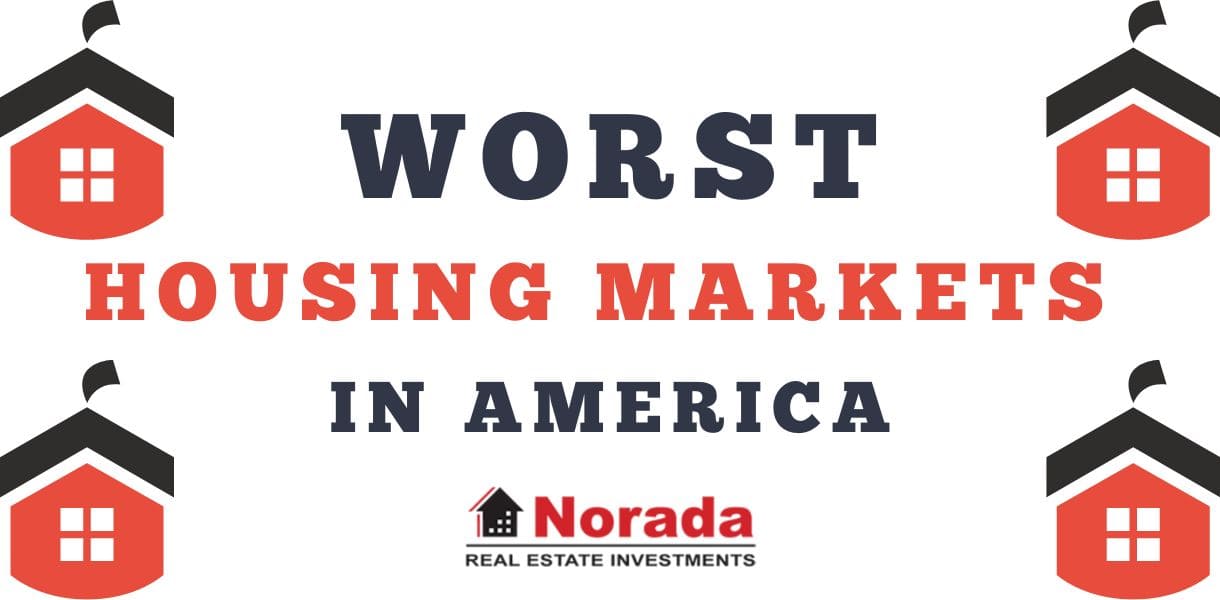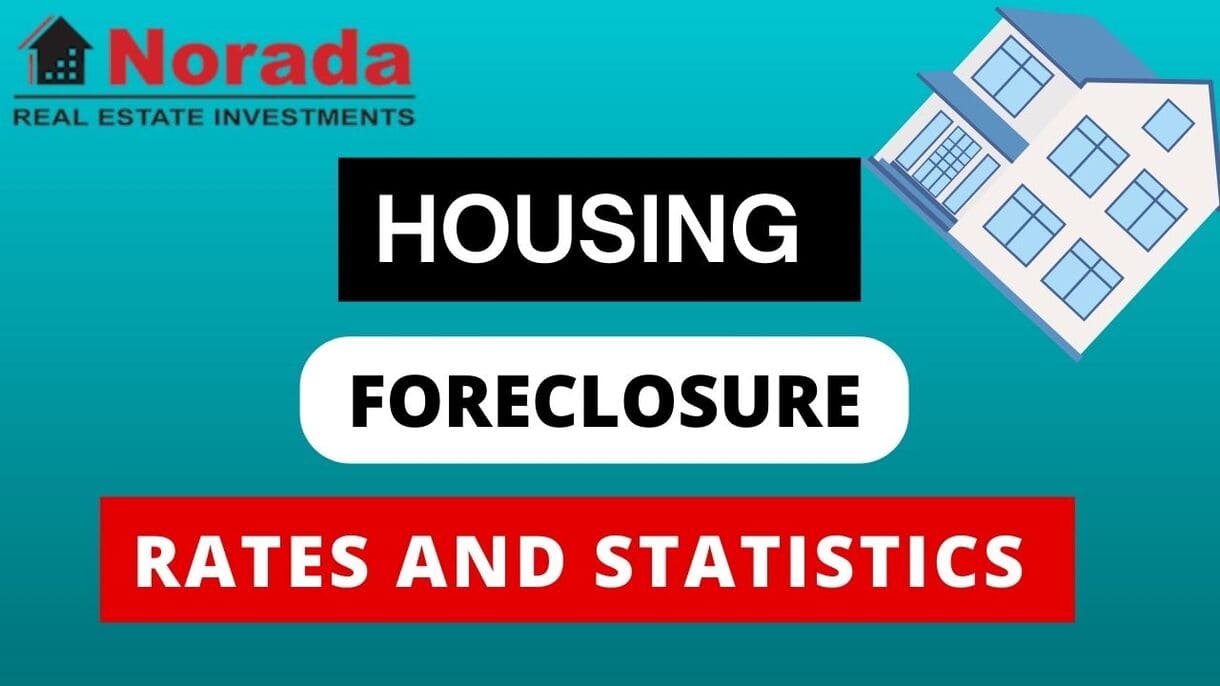I often find myself thinking about how different things are now compared to when my parents, or even grandparents, were starting out. One thing that always pops into my head is buying a house. It feels like such a huge mountain to climb these days. So, is it just me, or is it actually harder to buy a house now than 50 years ago? Well, let me tell you, looking at the numbers and thinking about my own experiences and what I see around me, it really does seem like getting those keys is a much bigger deal now.
Is Buying a House Today Really Tougher Than It Was 50 Years Ago?
Back in 1974, the average price of a house in the US was around $30,000. Now, that sounds like pocket change compared to what houses cost today, right? But we have to think about how much things have changed over time. When we adjust that $30,000 for inflation, it’s like spending around $195,638 in today's money. Now, fast forward to 2024, and the median home price has shot up to roughly $415,438!
But it's not just the price tag itself. We also need to look at how much people were earning back then compared to now. In 1974, the average household income was about $11,100 a year. Adjusted for inflation, that's about $70,785 in 2024 dollars. In 2023, the median household income was around $80,610, and it probably hasn't changed much since.
Let's put these numbers together to really see what's going on. We can look at something called the price-to-income ratio. This basically tells us how many years of income it would take to buy a house.
| Year | Median Home Price (2024 Dollars) | Median Household Income (2024 Dollars) | Price-to-Income Ratio |
|---|---|---|---|
| 1974 | $195,638 | $70,785 | 2.76 |
| 2024 | $415,438 | $80,610 | 5.15 |
What this table shows is pretty stark. In 1974, a typical house cost about 2.76 times the average annual income. By 2024, that number had almost doubled to 5.15 times the average annual income! That's a huge difference. It means that now, on average, people need to save up for more than five years of their entire income just to buy a median-priced house. That feels almost impossible for many, including people I know who are working really hard.
The Monthly Payment Squeeze: Even with Lower Interest, It Hurts More
You might think, “Well, mortgage rates are lower now than they were back then, right?” And you'd be partly right. In 1974, the average 30-year fixed mortgage rate was a whopping 9.19%! In 2024, it’s been around 6.9%. Lower interest should mean lower monthly payments, right? Let’s break that down.
Let's imagine someone bought that median-priced $30,000 home in 1974 with a 20% down payment ($6,000) and took out a 30-year fixed mortgage at 9.19%. Their monthly payment would have been roughly $196.39. Now, their monthly income was around $925. So, their mortgage payment was about 21.2% of their monthly income. That's still a decent chunk, but manageable for many.
Now, let's look at 2024. If someone bought a $400,000 home (a rough estimate of the median) with a 20% down payment ($80,000) and a 30-year fixed mortgage at 6.9%, their monthly payment would be around $2,107.20. The median monthly income is about $6,717.50. That means the monthly mortgage payment eats up a staggering 31.36% of their income!
| Year | Loan Amount | Interest Rate | Monthly Payment | Monthly Income | Payment-to-Income Ratio |
|---|---|---|---|---|---|
| 1974 | $24,000 | 9.19% | $196.39 | $925 | 21.2% |
| 2024 | $320,000 | 6.9% | $2,107.20 | $6,717.50 | 31.36% |
Even though the interest rate is lower now, the sheer price of the house makes the monthly payments a much bigger burden on people's budgets. I see so many friends who are house-hunting, and they're constantly stressed about how much of their paycheck will disappear just on the mortgage. It definitely feels like a tighter squeeze now.
The Down Payment Mountain: Saving Feels Impossible
Then there's the dreaded down payment. It’s like the first huge hurdle you have to jump over just to even get into the race. Back in 1974, a 20% down payment on that $30,000 house was $6,000. Compared to the median annual income of $11,100, that was about 54% of what a typical household earned in a year.
Now, in 2024, a 20% down payment on a $400,000 house is a whopping $80,000. Compared to the median annual income of around $80,610, that's almost 99% of an entire year's income!
| Year | Home Price | Down Payment (20%) | Median Annual Income | Down Payment as % of Income |
|---|---|---|---|---|
| 1974 | $30,000 | $6,000 | $11,100 | 54% |
| 2024 | $400,000 | $80,000 | $80,610 | 99% |
Think about that for a second. Saving almost your entire year's salary just for a down payment? That sounds incredibly difficult, especially when you're also trying to pay rent, bills, and maybe even student loans. For many young people I know, this feels like an insurmountable obstacle. It's like the starting line of the race has been moved miles away.
Other Roadblocks: Credit, Debt, and Not Enough Houses
It's not just about the price and the down payment, though. There are other things making it harder to buy a house now.
- Tougher Credit: After the housing crisis in 2008, banks became much stricter about who they lend money to. You generally need a higher credit score and a lower amount of other debt compared to your income to get a mortgage now. Back in the 70s, things were often a bit more relaxed.
- Student Loan Debt: This is a huge one for my generation and younger. So many people I know have tens of thousands, even hundreds of thousands, of dollars in student loan debt. This makes it harder to save for a down payment and can also affect your ability to qualify for a mortgage because it increases your debt-to-income ratio. This wasn't as big of an issue 50 years ago.
- Not Enough Houses: In many parts of the country, there just aren't enough houses for sale. When there's high demand and low supply, guess what happens to prices? They go up! This shortage has been a persistent problem and keeps making it harder for people to find affordable homes. I've seen bidding wars on houses that aren't even that great, just because there's so little available.
A Few Bright Spots, But Not Enough?
Now, it's not all doom and gloom. There are a couple of things that might make it a little easier for some people today.
- Lower Mortgage Rates (Sometimes): While rates have fluctuated, overall they have been lower in recent years compared to the crazy high rates of the late 70s and early 80s. This can help with monthly payments, although as we saw, the high prices often negate this benefit.
- Lower Down Payment Options: There are some government programs, like FHA loans, that allow people to put down as little as 3.5%. This can make it easier to get into a house initially, although you'll still have to deal with the higher overall price and potentially higher monthly payments in the long run.
- Technology: The internet and online tools have made it easier to compare mortgage rates and find properties. This can save some time and effort in the house-hunting process.
However, in my opinion, these positives don't really outweigh the massive challenges of higher prices, bigger down payments relative to income, student debt, and the lack of available homes.
Where You Live Matters (A Lot!)
It's also important to remember that buying a house isn't the same everywhere. In super expensive areas like California or New York, the situation is even more extreme than the national averages I've been talking about. The price-to-income ratios are often much, much higher there. On the other hand, in more affordable parts of the Midwest, for example, it might still be tough, but maybe not quite as impossible as in some coastal cities. My experience looking at properties in different states has definitely shown me this huge variation.
And of course, everyone's personal situation is different. Someone with a high income, no debt, and a big savings account will have a much easier time buying a house than someone who is just starting out with student loans and average earnings.
My Honest Take: It's a Much Bigger Struggle Now
Looking at all the evidence and just thinking about the experiences of people I know, I truly believe that it is significantly harder to buy a house now than it was 50 years ago. The fundamental issue is that house prices have grown so much faster than incomes. This makes saving for a down payment a monumental task and turns monthly mortgage payments into a much larger chunk of people's budgets. Add in things like student loan debt and a shortage of available houses, and it feels like the odds are really stacked against aspiring homeowners today.
While lower interest rates and some helpful programs exist, they don't seem to be enough to counteract these major affordability challenges. It's a situation that I think needs serious attention from policymakers so that the dream of owning a home doesn't become completely out of reach for future generations.
Work with Norada in 2025, Your Trusted Source for
Real Estate Investments in the U.S.
Discover high-quality, ready-to-rent properties designed to deliver consistent returns.
Contact us today to expand your real estate portfolio with confidence.
Contact our investment counselors (No Obligation):
(800) 611-3060
Recommended Read:
- Should You Buy a House in Spring 2025 or Wait?
- Is Now a Good Time to Buy a House with Cash in 2025?
- Month of “May” is the Best Time to Sell Your House in 2025
- Is It a Good Time to Sell a House in 2025?
- Should I Sell My House Now or Wait Until 2026?
- Should I Buy a House Now or Wait Until 2025?
- Best Time to Buy a House in the US: Timing Your Purchase
- Is Now a Good Time to Buy a House? Should You Wait?
- The 2025 Housing Market Forecast for Buyers & Sellers
- Why Did More People Decide To Sell Their Homes in Fall?
- When is the Best Time to Sell a House?
- Is It a Buyers or Sellers Market?
- Don't Panic Sell! Homeowners Hold Strong in Housing Market




